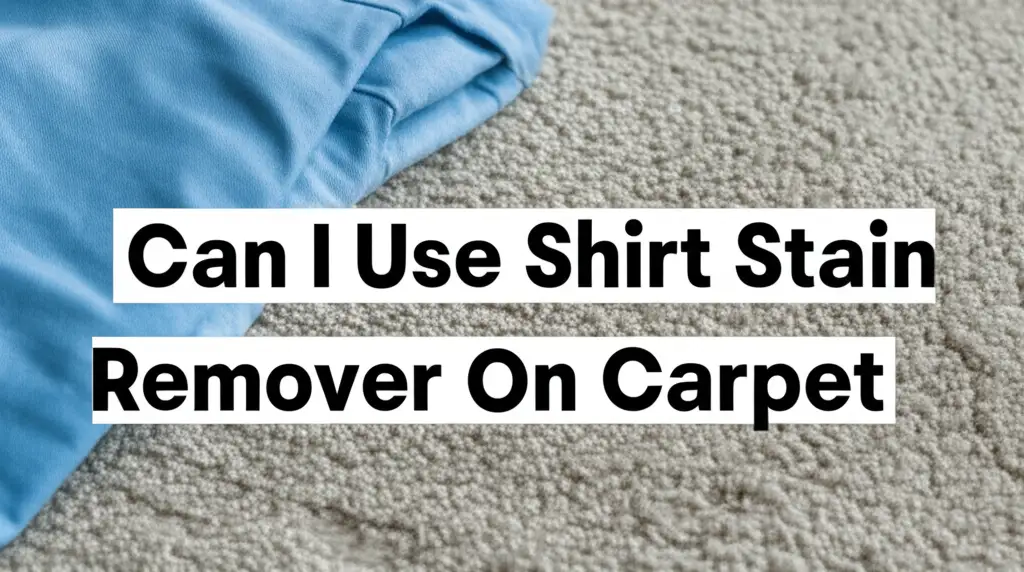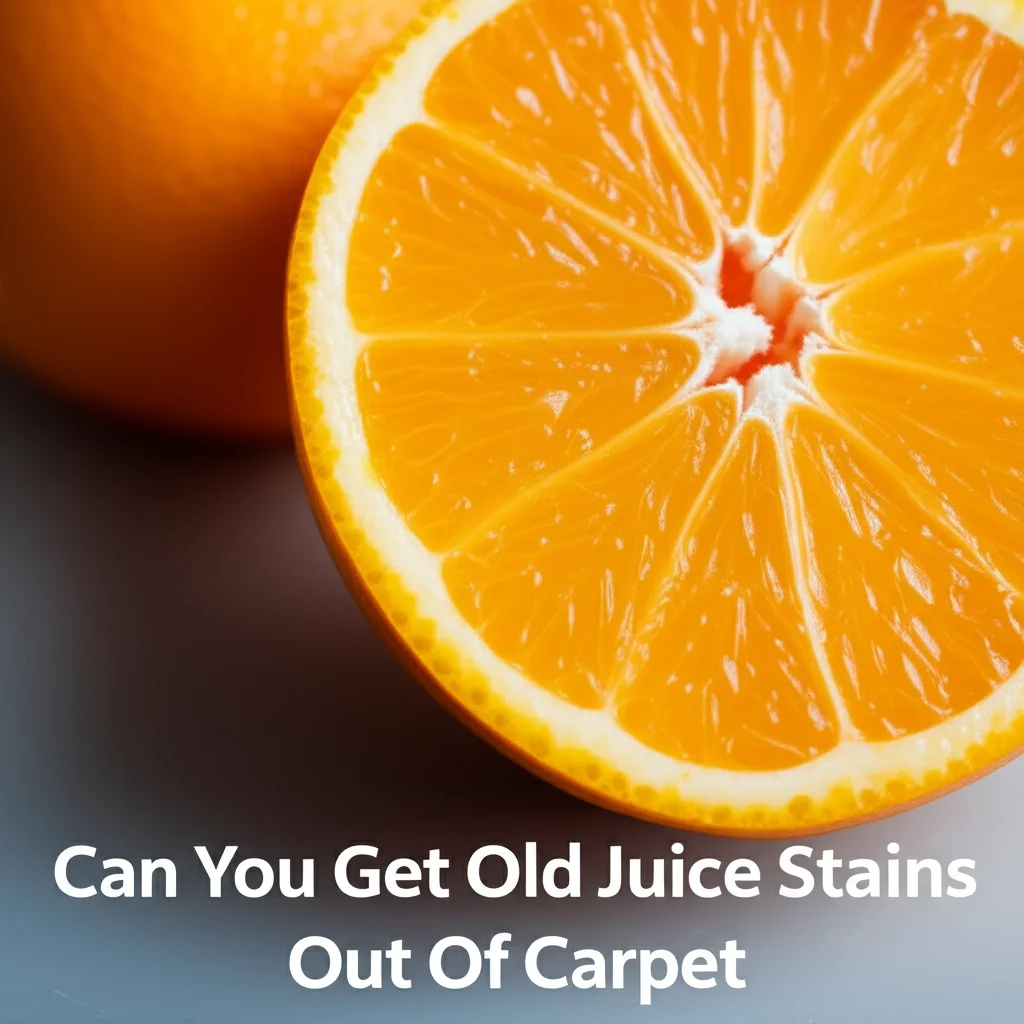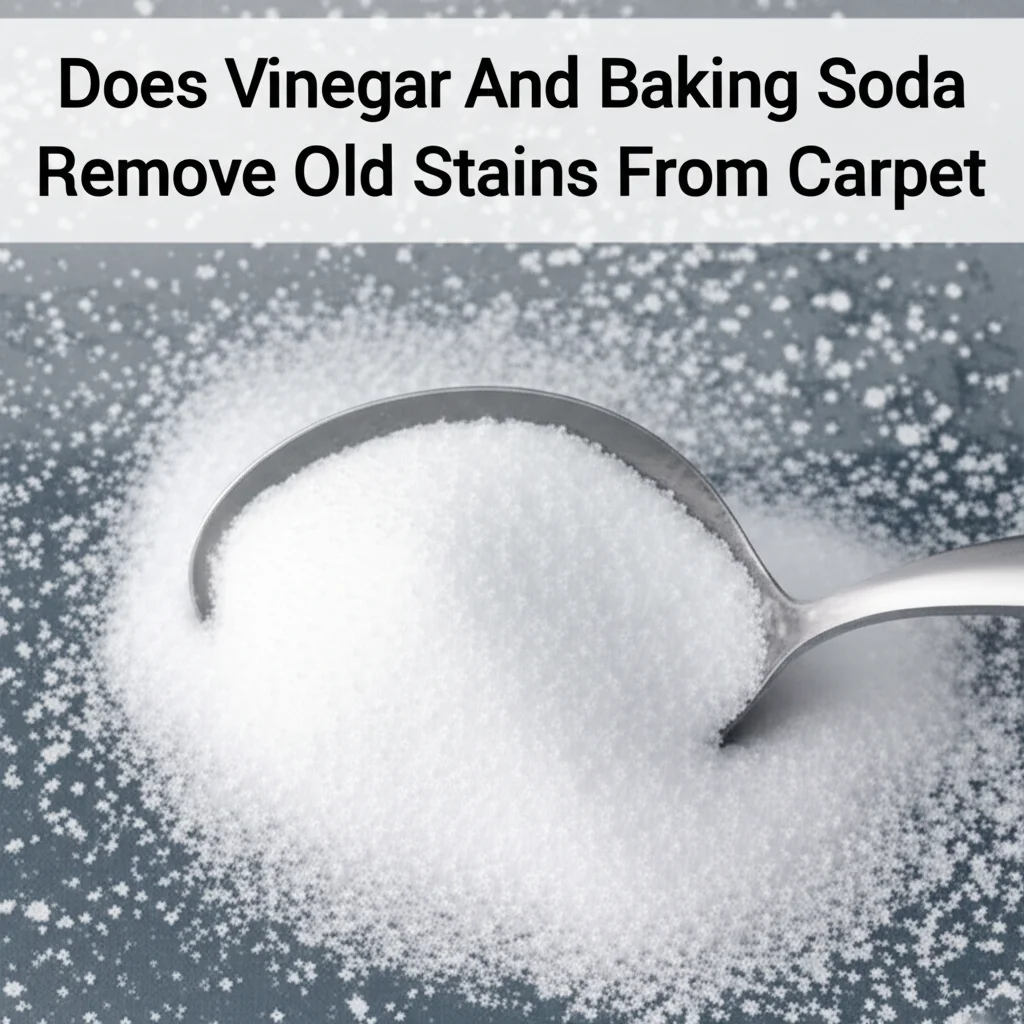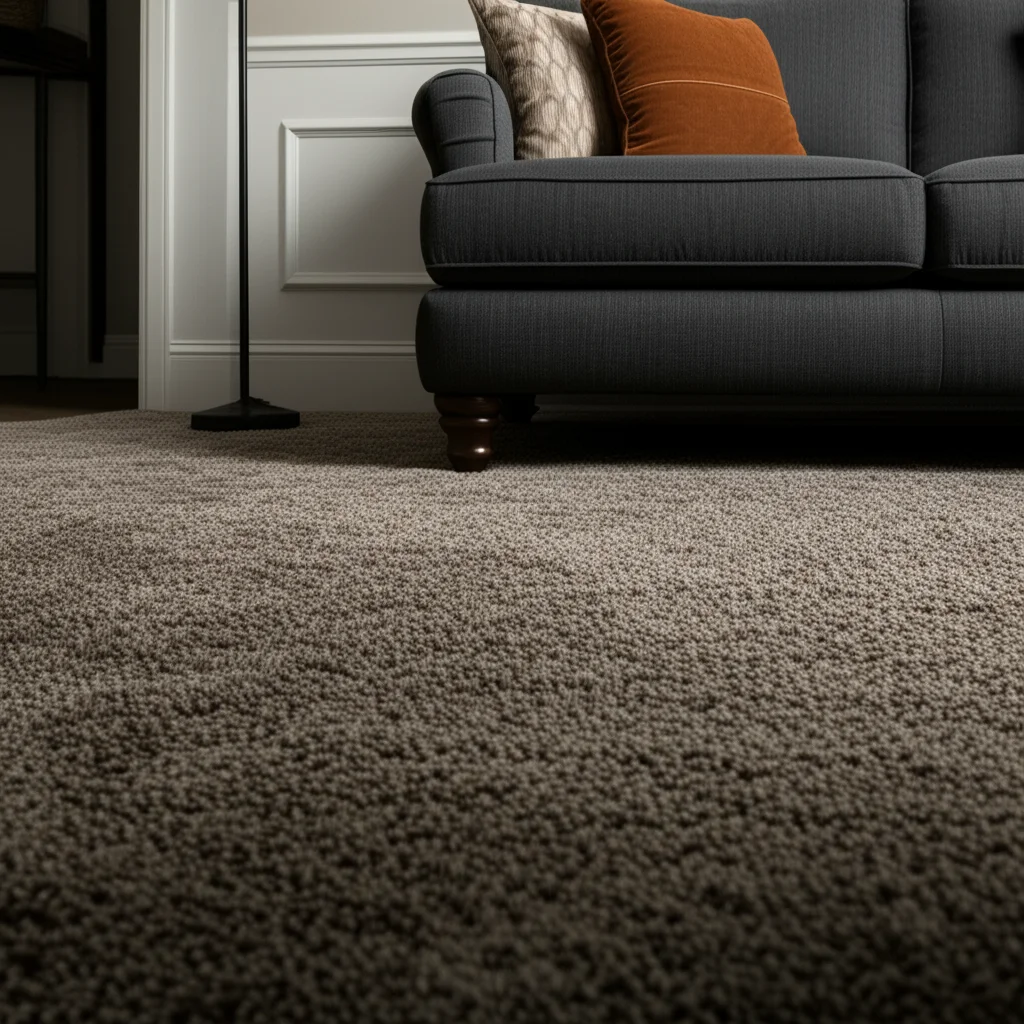· Todd Martin · Home Cleaning, Carpet Care, DIY · 15 min read
How To Clean Spots On Carpet

Effective Ways to Clean Spots on Carpet
A clean carpet makes a home feel fresh and inviting. However, accidents happen, and unsightly spots can appear quickly. Spilled coffee, muddy footprints, or a pet’s little mishap can all leave their mark. Knowing how to clean spots on carpet effectively saves you time and stress. I understand the frustration of seeing a new spot mar your beautiful flooring.
This guide will walk you through proven methods for carpet spot removal. We will cover essential tools and solutions. We will also discuss techniques for different types of stains. My aim is to equip you with the knowledge to tackle almost any carpet spot with confidence. Let’s make your carpets look their best again.
Takeaway
- Act quickly to blot fresh spots before they set.
- Always test cleaning solutions on a hidden carpet area first.
- Blot, do not rub, to prevent spreading the stain and damaging carpet fibers.
- Use specific cleaning agents for different stain types like pet messes or grease.
- Ensure proper drying to avoid mold or mildew growth.
Clear and Concise Answer
To clean spots on carpet, act quickly. First, identify the stain type. Then, blot (do not rub) with a clean cloth. Use appropriate cleaning solutions like white vinegar, baking soda, or mild dish soap. Always test a small, hidden area first. Rinse thoroughly and blot dry to prevent residue and maintain carpet appearance.
Understanding Carpet Spot Cleaning Basics
Cleaning spots on carpet begins with a few fundamental rules. Ignoring these rules can make a spot worse. I have learned this the hard way from past mistakes. My first tip is always to act fast. Fresh spots are much easier to remove than old, dried-in ones. The longer a stain sits, the more it bonds with the carpet fibers.
Next, remember to blot, not rub. Rubbing a stain pushes the spill deeper into the carpet. It can also spread the stain to a larger area. Rubbing also damages carpet fibers, leading to a fuzzy or worn look. Always use a clean white cloth or paper towel. You can apply gentle pressure from the outside of the spot inward. This technique helps to prevent the stain from spreading.
Always test any cleaning solution in an inconspicuous area. This could be inside a closet or under a piece of furniture. Apply a small amount of the solution to the carpet. Wait a few minutes to see if it causes discoloration or damage. Different carpet materials react differently to cleaners. This simple test prevents permanent damage to your visible carpet areas. Understanding these basics is the foundation for successful carpet cleaning. It helps to keep your carpet looking clean and fresh. If you want to keep your entire carpet clean for longer, you can read more on how to keep carpet clean.
Essential Tools and Solutions for Effective Spot Removal
Having the right tools and solutions ready makes carpet spot cleaning much easier. You do not need many special items. Most of the things you need are likely already in your home. I keep a dedicated cleaning caddy for this exact purpose. It saves me time when an unexpected spill happens.
Start with basic supplies like clean white cloths or paper towels. These are perfect for blotting up liquids. A spray bottle helps you apply solutions evenly. You can also use a soft-bristled brush for gently working in some cleaners. Always avoid brushes that are too stiff, as they can damage carpet fibers.
For cleaning solutions, several common household items work wonders. White vinegar is a versatile acidic cleaner. It is great for neutralizing odors and breaking down many types of stains. Baking soda is another excellent option. It absorbs odors and can help lift dry residue. A mild dish soap mixed with water creates a gentle cleaning solution for many spills. For tougher organic stains, hydrogen peroxide can be effective, but use it with caution on dark carpets as it may bleach. Some commercial carpet spot removers are also good. Make sure they are safe for your carpet type. Always check product labels before use.
Handling Fresh Spills and Basic Carpet Spots
Fresh spills are the easiest spots to clean on carpet. Your quick action is the most important factor here. I always tell my family to report spills immediately. The key is to address the mess before it has a chance to set into the carpet fibers.
For liquid spills like water, soda, or coffee, start by blotting. Place a clean, dry white cloth directly on the spill. Press down gently to absorb as much liquid as possible. Repeat this process with fresh sections of the cloth until no more liquid transfers. Do not rub the area. If some liquid remains, you can apply a very small amount of clean water to the area. Then, blot again to dilute and remove the remaining spill.
For semi-solid spills, like food crumbs or mud, first remove any excess material. Use a spoon or dull knife to gently scrape up the solids. Be careful not to press them deeper into the carpet. Once the excess is gone, you can treat any remaining discoloration. For most fresh food stains, a mixture of mild dish soap and warm water works well. Apply it to a cloth and gently blot the stain. Always rinse the area by blotting with a damp cloth afterward. This prevents soap residue from attracting more dirt. Timely action makes a big difference in the outcome.
Removing Stubborn and Dried-In Carpet Stains
Old or dried-in stains present a greater challenge than fresh spills. They have had time to bond with the carpet fibers. This makes them much harder to remove completely. However, many stubborn spots can still be cleaned with patience and the right approach. I have brought many old stains back to life.
For dried stains, often you need to rehydrate the spot first. Lightly spray the area with clean water. Let it sit for a few minutes. This helps to loosen the stain particles. Then, gently blot the area to see if any of the stain lifts. This preparatory step is crucial before applying a cleaning solution.
Many old stains respond well to a paste of baking soda and a small amount of water. Apply this paste to the dried spot. Let it sit for several hours or even overnight. The baking soda works to absorb the stain and neutralize odors. Once dry, vacuum up the baking soda. You might need to repeat this process. For particularly tough, old stains, a mixture of white vinegar and water can be very effective. Spray it directly onto the stain. Blot with a clean cloth. For really stubborn spots, you might consider using a specialized stain remover designed for old stains. Remember that persistence is key when dealing with dried-in spots. If you’re tackling old stains, it’s helpful to know more about how to clean old stains from carpet.
Cleaning Specific Types of Carpet Spots
Different types of spots require different cleaning strategies. Knowing the nature of the stain helps you choose the most effective method. I have encountered countless types of spots on my carpets. Here are common ones and how to approach them.
Pet Urine Stains
Pet urine is one of the most common and challenging carpet spots. It leaves both a stain and a strong odor. The key is to act fast. First, blot up as much urine as possible with paper towels. Press down firmly to absorb deeply. Next, use an enzymatic cleaner. These cleaners break down the uric acid crystals responsible for the odor and stain. Follow the product instructions carefully. Enzymatic cleaners are vital for removing the smell completely. This prevents your pet from returning to the same spot. For a deeper dive into pet accidents, see how to clean pet urine from carpet or specific guides like how to clean cat urine out of carpet.
Coffee and Tea Stains
Coffee and tea spots are common and can leave a dark mark. Blot up as much liquid as possible immediately. Then, mix one tablespoon of white vinegar with one tablespoon of mild dish soap and two cups of warm water. Apply this solution to a clean cloth. Blot the stain with the cloth, working from the outside in. Continue blotting until the stain lifts. Rinse the area by blotting with a damp cloth. Finish by blotting dry.
Grease and Oil Spots
Grease and oil stains can be tricky. First, try to remove any excess grease with a dull knife or spoon. Sprinkle baking soda, cornstarch, or talcum powder generously over the spot. These powders absorb the oil. Let it sit for at least 30 minutes, or even overnight for stubborn spots. Then, vacuum up the powder. If a mark remains, apply a small amount of dry-cleaning solvent or rubbing alcohol to a clean cloth. Blot the stain gently. Always test these solvents in an inconspicuous area first.
Mud and Dirt Spots
Resist the urge to clean mud immediately. Let the mud dry completely. Once dry, scrape off as much caked-on mud as possible with a dull knife. Then, vacuum the area thoroughly to remove loose dirt. If a stain remains, mix a few drops of mild dish soap with warm water. Apply this soapy water to a clean cloth. Blot the remaining stain until it lifts. Rinse by blotting with a damp cloth and then dry.
Vomit Stains
Vomit spots are unpleasant, but they are manageable. First, carefully scoop up any solid material using a spoon or spatula. Be gentle to avoid pushing it deeper into the carpet. Blot any remaining liquid with paper towels. Mix a solution of one part white vinegar and one part warm water. Apply this solution to the stained area with a clean cloth. Blot gently. The vinegar helps to neutralize odors and break down the stain. You can also sprinkle baking soda on the area after cleaning to absorb lingering smells. For more details on this specific issue, you can check how to clean vomit off the carpet.
Advanced Spot Cleaning Techniques and Tools
Sometimes, standard methods are not enough to clean spots on carpet. For those tough, set-in, or very large spots, you might need more advanced techniques or tools. I have found these methods helpful for deeply embedded grime. They can revitalize a tired-looking carpet.
One option is using a carpet shampooer or a carpet extractor. These machines work by spraying a cleaning solution onto the carpet. They then agitate the fibers and extract the dirty water. They are excellent for overall carpet cleaning. However, they can also be used for large, stubborn spots. Always pre-treat the spot before using the machine. Follow the manufacturer’s instructions for the specific model. Cleaning your carpet shampooer is also important for its efficiency; learn more about how to clean carpet shampooer.
Steam cleaning is another powerful method. Handheld steam cleaners can target specific spots with hot vapor. The heat helps to loosen and lift dirt and grime. Steam is great for sanitizing as well. Be careful not to oversaturate the carpet with steam. Excess moisture can lead to mold or mildew. Always blot vigorously afterward to remove moisture. This can be effective for many types of spots, but always test on an inconspicuous area first.
For organic stains like pet accidents or food spills that have set deeply, enzyme-based cleaners are superior. These professional-grade solutions contain enzymes that break down the stain and odor at a molecular level. They do not just mask the smell. Apply them directly to the spot. Allow them to work for the recommended time. They are particularly effective for animal waste. Using these tools and specialized solutions can tackle spots that seem impossible to remove.
Maintaining Your Carpet and Preventing New Spots
The best way to clean spots on carpet is to prevent them in the first place. Good carpet maintenance practices can significantly reduce the number of spots you encounter. I believe in proactive care to keep my home looking its best. A little effort daily goes a long way in the long run.
Regular vacuuming is your first line of defense. Vacuuming removes loose dirt and debris before it gets trampled into the carpet fibers. This prevents many surface spots from becoming permanent. Aim to vacuum high-traffic areas at least a few times a week. Less-used rooms can be vacuumed weekly. Consistent vacuuming helps keep the carpet pile upright and fresh. It also extends the life of your carpet.
Strategic placement of entrance mats helps prevent dirt from entering your home. Place sturdy mats both inside and outside all entryways. These mats trap dirt and moisture from shoes. This reduces the amount of grime tracked onto your carpets. Taking shoes off at the door is another excellent habit to adopt. This simple step dramatically cuts down on tracked-in dirt, mud, and chemicals.
Consider using carpet protectors or stain repellents. These products create a protective barrier on the carpet fibers. This barrier makes it harder for liquids and dirt to penetrate. Spills will bead up on the surface, giving you more time to clean them up. Reapply these protectors as directed, especially after professional carpet cleaning. Finally, establish a habit of immediate spill cleanup. The quicker you address a spill, the easier it is to remove. Keep a small spot cleaning kit handy for fast action. These preventive measures will keep your carpets cleaner and looking new for longer periods. For more freshening tips, you can explore how can I freshen up my carpet.
Drying and Finishing Steps for Clean Carpets
Proper drying is a critical step after you clean spots on carpet. If you do not dry the area thoroughly, you risk a new set of problems. These problems include mildew growth, musty odors, and even re-soiling. I have learned to be very patient during this final phase.
After cleaning a spot, use several clean, dry towels to blot the area. Apply firm pressure to absorb as much moisture as possible. You can even stand on the towels for a few seconds to press out more water. Repeat this process until the carpet feels only slightly damp. The goal is to remove all visible moisture.
Once the excess water is removed, help the area dry completely. You can place a fan directly on the treated spot. Opening windows to improve air circulation also helps. If the weather permits, air conditioning can reduce humidity in the room. Avoid walking on the damp area until it is fully dry. Foot traffic can push residual moisture and dirt back into the fibers. It can also flatten the pile.
Once the carpet is dry, you might notice the fibers look matted or stiff. You can gently fluff the carpet pile. Use your fingers or a soft-bristled brush. This restores the carpet’s original texture and appearance. A final light vacuuming of the entire area also helps to blend the cleaned spot with the surrounding carpet. These drying and finishing steps ensure your carpet spot not only looks clean but stays clean and fresh.
FAQ Section
How quickly should I clean a carpet spot?
You should clean a carpet spot as quickly as possible. The sooner you act, the less likely the stain will set into the carpet fibers. Fresh spots are significantly easier to remove than dried or old stains. Immediate action prevents the spill from bonding deeply with the material.
Can baking soda remove all types of carpet spots?
Baking soda is excellent for absorbing fresh liquid spills and neutralizing odors. It can help lift many types of dry or greasy spots, especially when left to sit. However, it is not effective for all stain types, such as tough set-in stains or certain dyes. Always combine it with other cleaning methods for best results.
Is white vinegar safe for all carpet types?
White vinegar is generally safe for most carpet types because it is a mild acid. However, it is always wise to test it on a hidden area first. Some natural fibers or very dark dyes might react differently. Vinegar is highly effective for breaking down many stains and neutralizing odors.
How do I prevent a water spot from forming after cleaning?
To prevent a water spot after cleaning, ensure you do not oversaturate the carpet. Blot thoroughly to remove all excess moisture. Use fans or open windows to ensure good air circulation for drying. Avoid walking on the damp area. Residual moisture attracts dirt, creating new spots as it dries.
When should I call a professional carpet cleaner for spots?
You should call a professional carpet cleaner for spots when you cannot remove them yourself. This includes very large, old, or stubborn stains that resist home methods. Professionals have specialized equipment and stronger solutions. They can safely handle delicate carpet materials. They can also address widespread soiling or odors effectively.
Conclusion
Mastering how to clean spots on carpet empowers you to maintain a beautiful home. We have covered the critical steps from immediate action to proper drying. You now understand the importance of blotting, testing solutions, and choosing the right cleaner for different stain types. My goal was to provide you with simple, effective strategies.
Remember that quick action and patience are your best allies in carpet spot removal. You do not need to live with unsightly marks on your flooring. By following these practical tips, you can tackle most common spills with confidence. Keep your carpets looking fresh, clean, and inviting. Your home deserves a spotless touch. Do you have a stubborn spot you are ready to tackle? Start cleaning today!





